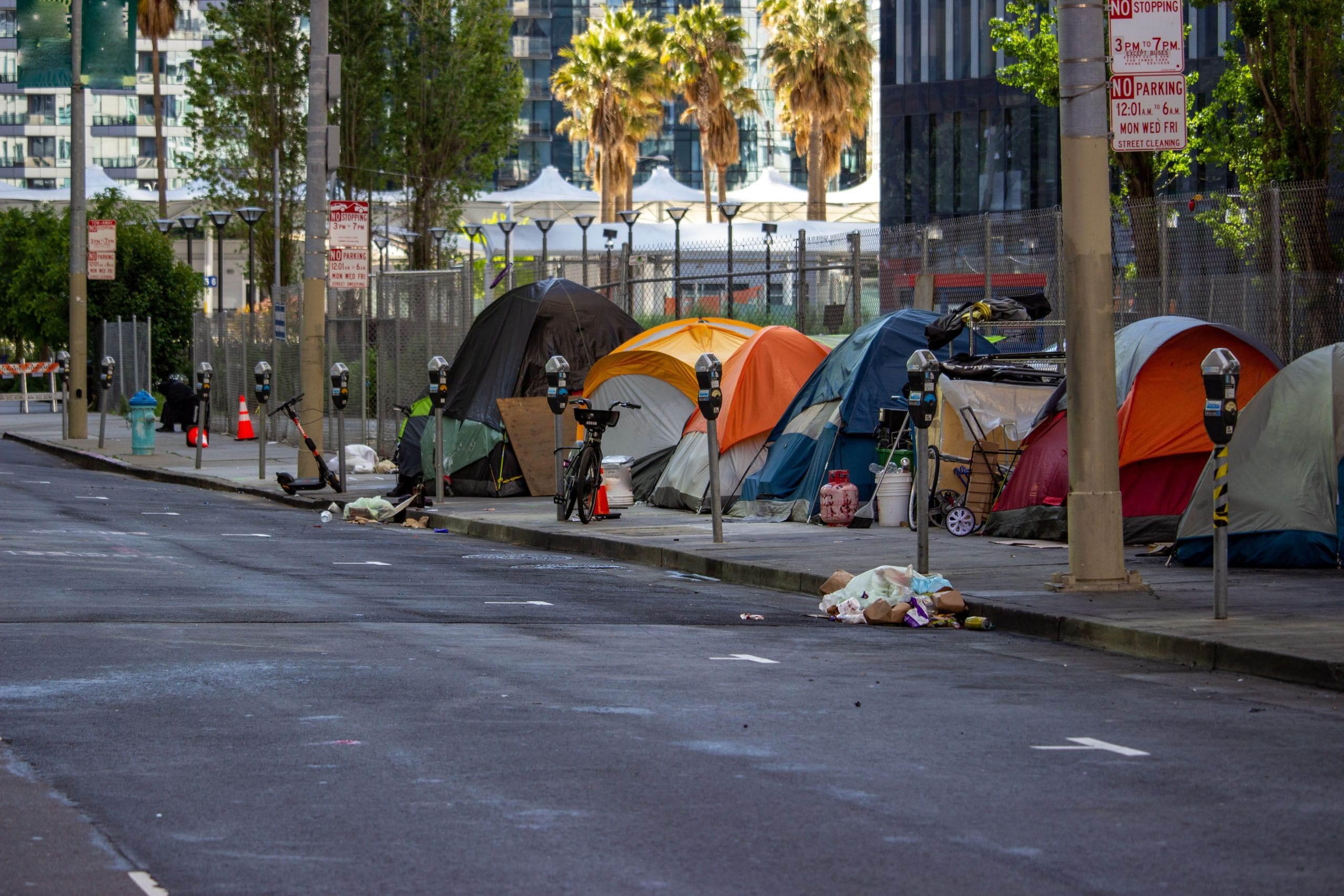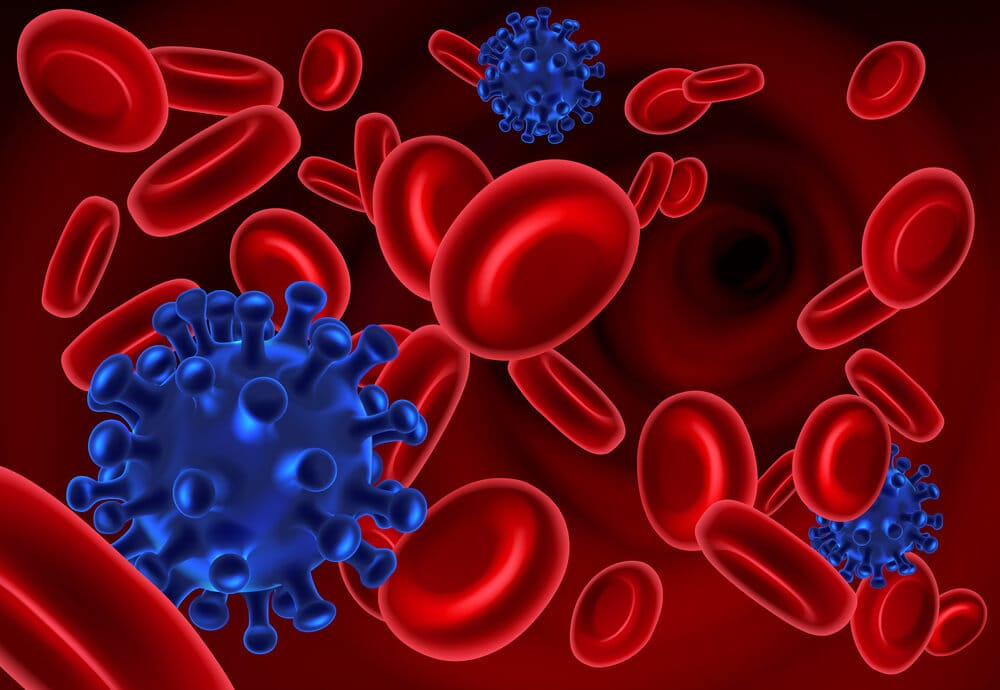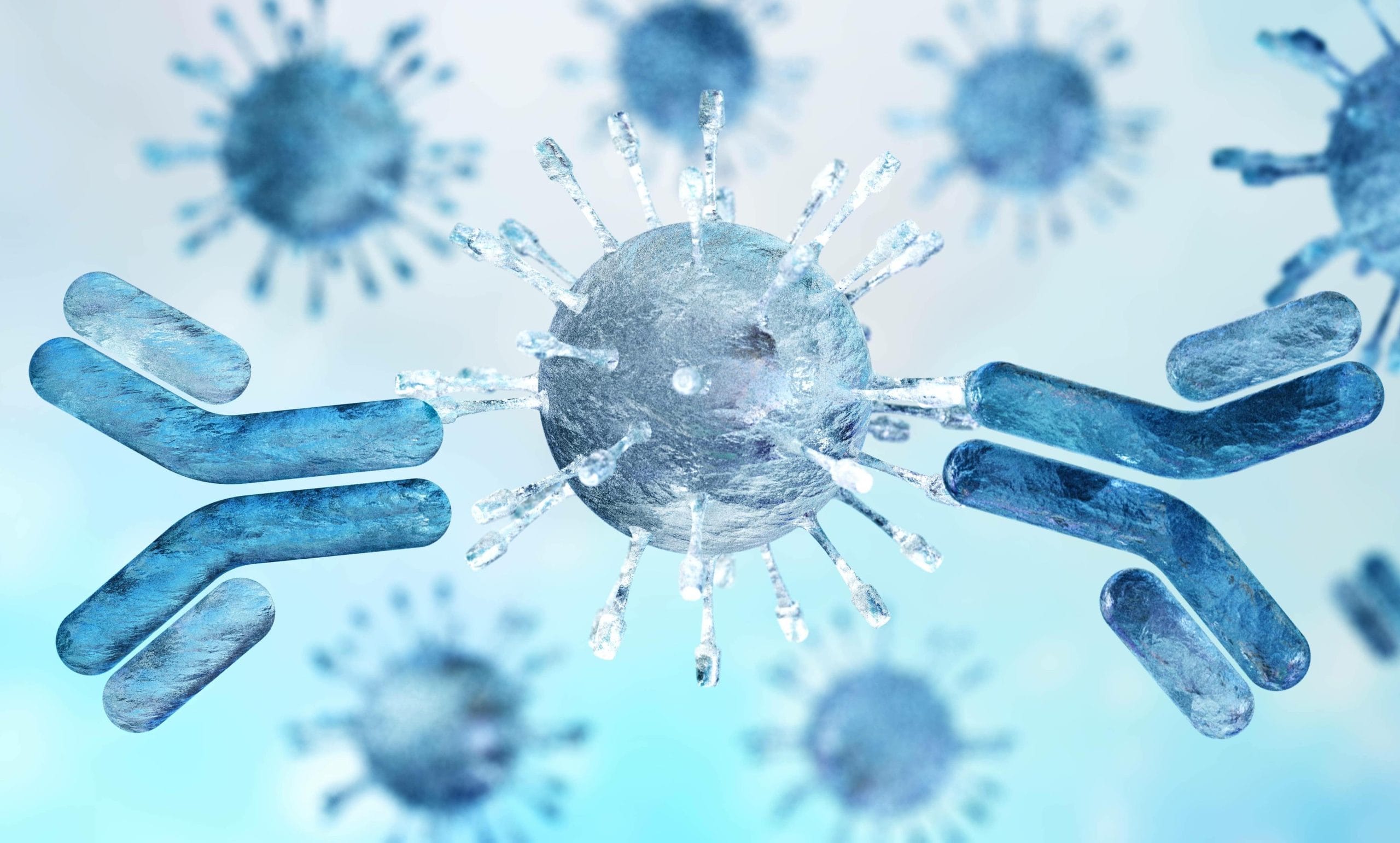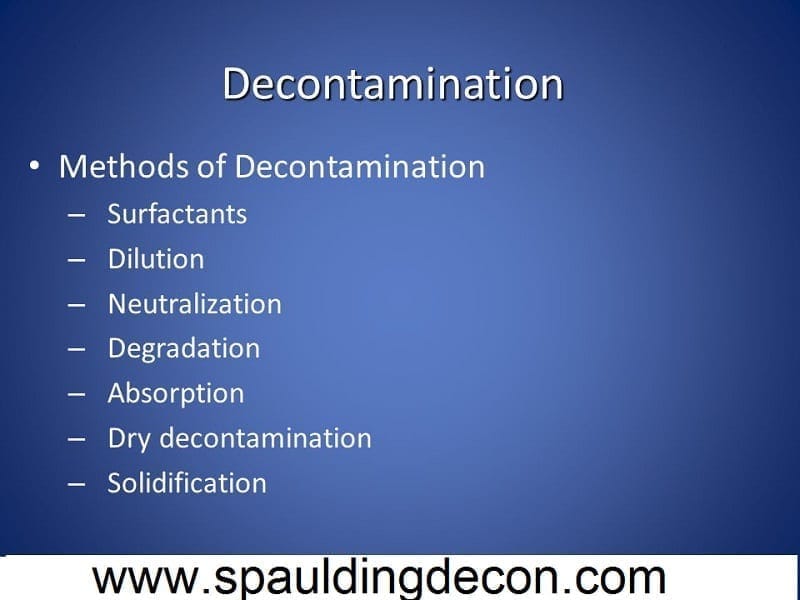A homeless encampment can pose critical health threats to nearby communities.
If the number of homeless people in the US was shocking in 2019, we can only imagine how much worse the problem could become during the pandemic. One study predicts a staggering 45% increase in homelessness in 2020 due to job loss and other factors. This means, in addition to the 568,000 people already sleeping on the streets, another 250,000 could soon join them.
Learn why its important to dismantle them and protect your neighborhood.
Although some cities are taking positive steps forward, homelessness is a complex problem that wont be solved overnight. As people drift from one homeless encampment to the next and their population grows, so do the biohazardous dangers inherent to living outdoors.
Is there an abandoned homeless encampment in your neighborhood or city? Are you considering hiring a professional company to come in and clean it up? In this post, well briefly discuss the safety concerns of homeless encampments. Well also explain why its so important to properly dismantle, clean, and disinfect these areas. Keep reading to learn more.
Homeless Encampments: How Widespread Is the Problem?
Homeless encampments exist in every state, but some areas have especially high numbers of people living on the streets.
The urban areas with the highest number of homeless people include:
- New York City, New York
- Los Angeles & LA County, California
- Seattle & King County, Washington
- San Diego & San Diego County, California
- San Jose, Santa Clara, & Santa Clara County, California
As of 2019, there were an estimated 568,000 homeless Americans scattered throughout the nation. Although the highest concentration lives in New York, around 70% of them are able to sleep in the citys homeless shelters.
On the west coast, the situation is dire. With over 108,000 people without homes, California has more than half (53%) of all unsheltered homeless people in the US. This is nine times more than Florida, the state with the next highest number.
In Los Angeles County alone, over 60,000 people are homeless. More than 75% of them live outdoors, which brings us to the main topic of our discussion: health and safety concerns.
Biohazardous Dangers of Homeless Encampments
There are inherent risks that come with living outdoors. When throngs of people band together living outdoors, without access to proper waste disposal, these risks increase exponentially.
Whether cleaning an abandoned homeless encampment or sweeping one where people still reside, its vital to take special precautions. Here are six key concerns for dismantling and cleaning homeless encampments.
1. COVID-19
To prevent the spread of COVID-19, people need to practice physical distancing, wash their hands frequently, and wear face masks.
Unfortunately, few homeless people have access to any of these measures. Homeless encampments are often crowded and dirty, with no running water or protective equipment available.
Commendably, some cities like Phoenix have taken steps to assist their homeless population during the pandemic. Overall, though, homeless people remain at high risk of contracting and spreading COVID-19. Because their underlying health is often poor, theyre also at higher risk for complications.
2. Hepatitis A
In 2018, more than 700 homeless people in California got sick from an outbreak of Hepatitis A. In response, the California Department of Health distributed over 120,000 vaccine doses to local health departments.
As long as homeless encampments exist, however, the risk of Hepatitis A will be high. The disease is spread mainly through contact with infected feces a legitimate concern where people lack access to basic plumbing. The disease can also spread through illicit drug use in settings with limited hygiene.
3. Diseases Spread by Fleas & Lice
Some diseases the world hasnt seen since medieval times are making a resurgence in the homeless population. One of these is typhus, an illness spread through infected fleas that live on rats and other animals.
Washington state recently saw outbreaks of Shigella and Bartonella Quintana infections. These rare diseases are spread through body lice on homeless people or animals that live in the area.
These diseases are insidious and potentially deadly, making it vital to disinfect and decontaminate any areas of concern.
4. Respiratory Diseases
COVID-19 might be in the headlines right now, but that doesnt mean other respiratory illnesses are any less real.
Across the nation, people who live in homeless encampments are at a high risk of contracting:
- Tuberculosis
- Influenza
- Pneumonia
- Diptheria
- Meningococcal disease
With limited access to healthcare and crowded living conditions, an outbreak of respiratory disease can quickly spread through a camp and into the neighboring communities.
5. Fires
Whether abandoned or lived in, homeless encampments pose a serious fire hazard. All it takes is one spark from a lighter or passing vehicle to ignite the cardboard and other debris that are usually present in these camps.
One such event recently made headlines in Berkeley, California, when a homeless encampment off Interstate 80 went up in flames.
6. Death
Tragically, homeless people often experience poorer health and much shorter lifespans than those who live indoors. In 2018 in Los Angeles County, 918 homeless people died on benches, sidewalks, and railroad tracks.
Those who die in a homeless encampment pose a serious health risk to everyone nearby and those who clean the area afterward. This is why its so important to hire trained professionals who know how to safely clean an area where death has occurred.
Is There a Homeless Encampment Near You?
Hopefully, with enough coordinated efforts from the local and federal government, a day will come when there isnt a single homeless encampment in America. Until then, each community needs to do what it can to help and protect its citizens wherever they happen to live. Is there an abandoned homeless encampment in your neighborhood? Are you working with your local city council to find cleanup solutions?
If so, we can help. Our professional cleaning services are designed to remove biohazardous dangers safely and completely, protecting the health of everyone in the area.
Click here to learn more about our biohazard remediation services for homeless encampments and other risky settings. We operate in many different states and you can reach out to your nearest Spaulding Decon location below:





